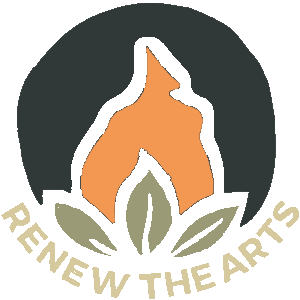
On his way to the Nagasaki Atomic Bomb Museum to get inspiration for his next novel, Shusaku Endo was diverted to the smaller, almost hidden, Twenty-Six Martyrs Museum nearby. There he first saw the fumi-e (“trampling pictures”)—brazen images of Jesus hanging on the cross or of Mary with her iconic cucumber (perhaps Eastern-styled as a lotus), representing purity even in the midst of swampy filth.
The unswervingly Buddhist 17th-century Shogunate commissioned these brazen images specifically to be desecrated as a public sign of apostasy, and Japanese peasants would step (or trample “if you prefer a more florid reading”) on the fumi-e as proof that they posed no threat to the order and solidarity of Buddhist Japan.





 When I was eleven, I wrote a daily devotional I imaginatively titled “Daily Devotions.” I started at Proverbs 11, because of my age (of course). I made it as far as Proverbs 11:7—a whopping week long. Surprisingly, it never got picked up by any publishers, but my parents asked for a copy.
When I was eleven, I wrote a daily devotional I imaginatively titled “Daily Devotions.” I started at Proverbs 11, because of my age (of course). I made it as far as Proverbs 11:7—a whopping week long. Surprisingly, it never got picked up by any publishers, but my parents asked for a copy.



